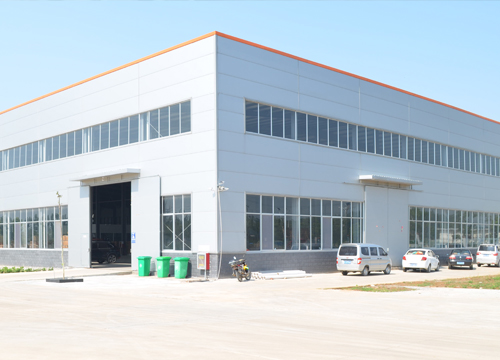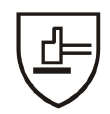EN 388


EN 388
Gloves giving protection from mechanical risks
Protection against mechanical hazards is expressed by a pictogram followed by four numbers (performance levels), each representing test performance against a specific hazard.
1 Resistance to abrasion
Based on the number of cycles required to abrade through the sample glove (abrasion by sandpaper under a stipulated pressure). The protection factor is then indicated on a scale from 1 to 4 depending on how many revolutions are required to make a hole in the material. The higher the number, the better the glove. See table below.
2 Blade cut resistance
Based on the number of cycles required to cut through the sample at a constant speed. The protection factor is then indicated on a scale from 1 to 4.
3 Tear resistance
Based on the amount of force required to tear the sample.
The protection factor is then indicated on a scale from 1 to 4.
4 Puncture resistance
Based on the amount of force required to pierce the sample with a standard sized point. The protection factor is then indicated on a scale from 1 to 4.
Volume Resistivity
This indicates Volume resistivity, where a glove can reduce the risk of electrostatic discharge. (Pass or fail test). These pictograms only appear when the gloves have passed the relevant test.
If some of the results are markt with a X means that this test performance is not tested. If some of the results are markt with a O means that the glove did not pass the test.
|
Test |
Performance level |
|
|
1 |
2 |
3 |
4 |
5 |
|
Abrasion resistance (cycles) |
100 |
500 |
2000 |
8000 |
|
|
Blade cut resistance (factor) |
1,2 |
2,5 |
5 |
10 |
20 |
|
Tear resistance (newton) |
10 |
25 |
50 |
75 |
|
|
Puncture resistance (newton) |
20 |
60 |
100 |
150 |
|



 EN 388
EN 388







 helen@deelyglove.com | kevin.liu@deelyglove.com | kongdefang@deelyglove.com
helen@deelyglove.com | kevin.liu@deelyglove.com | kongdefang@deelyglove.com  +86 0539 7251782
+86 0539 7251782 
